The world of cinema attracts with its brightness, magic and limitless possibilities. Everyone dreams of becoming a part of this world, but only a few manage to achieve success.
In this article we will talk about women who not only found their way in the film industry, but also made a significant contribution to its development.
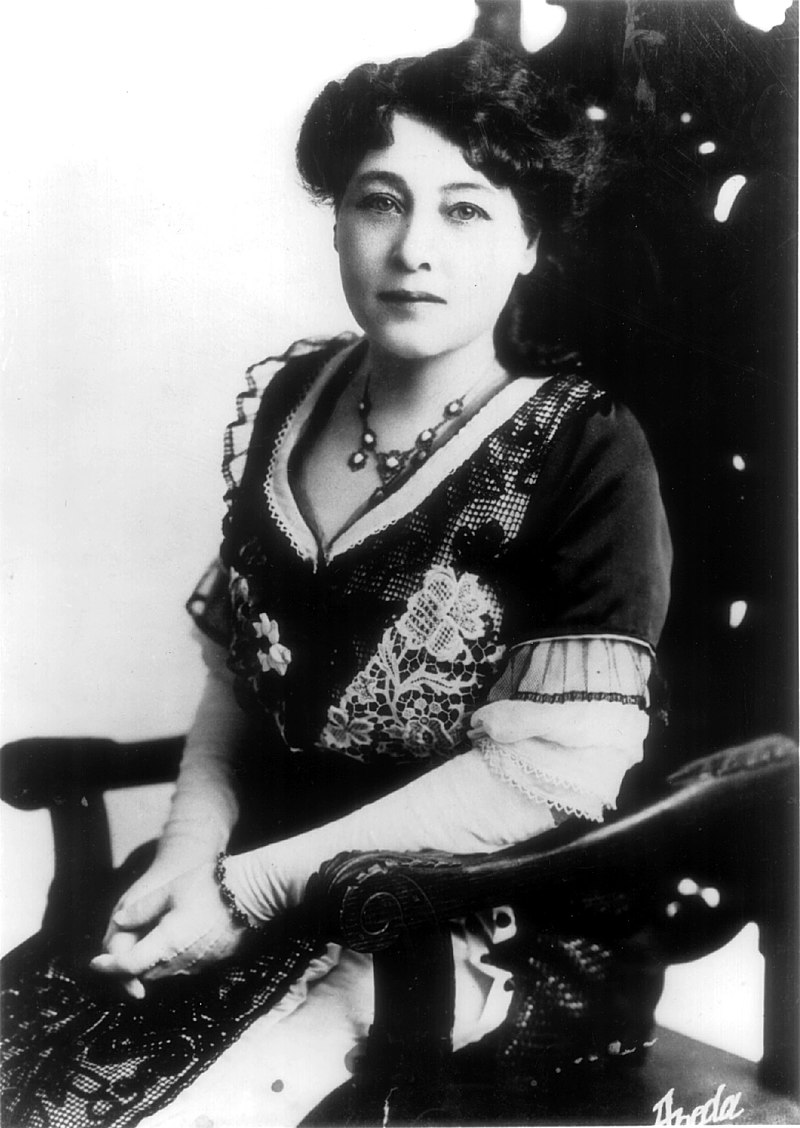
Photo: ru.wikipedia.org/Apeda Studio New York
Alice Guy is a name undeservedly forgotten on the pages of cinema history. The first female director, she paved the way for many others who would like to connect their lives with cinema.
It all started with secretarial work for Leon Gaumont, the owner of a company that produces photographic equipment. The company later became known as Gaumont. Attending the screening of the Lumiere brothers' film “Workers Leaving the Factory” became a turning point in Alice's life. Having received a patent for the chronophotograph, the company gave Alice the green light, and she enthusiastically began to create, creating demonstration films designed to reveal the full potential of film technology.
But Alice was not limited to the documentary genre. Her inquisitive mind saw the potential in cinema to create works of art.
“Plucking up courage, I timidly told Gaumont that I could record a couple of small skits and that I had friends who would take part in this. If at that time anyone had foreseen the future development of cinema, I would never have received his permission. My young age, inexperience, my gender - everything was against me. However, I received permission with the strict condition that this would not interfere with the performance of my secretarial duties”, - Alice Guy would later remind.
In 1896, she wrote and directed her first feature film, “The Cabbage Fairy, or The Birth of Children”. This film, which was only one minute long, became the first fantasy film in history.
The success of the film was stunning, and Alice Guy was appointed head of film production at Gaumont. She worked in this position for 10 years, constantly experimenting with innovative film techniques: double exposure, reverse video playback, split screen and others. According to some sources, from 1896 to 1920, she made more than 1000 films, 22 of which were full-length.
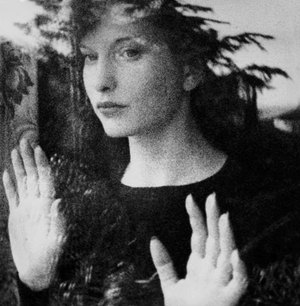
Photo: ru.wikipedia.org/Maya Deren
Maya Deren, a native of the Russian Empire who later moved to the United States, left her mark on the history of cinema as the “mother of the American avant-garde”.
Having received an education in literature at New York University, she acquired not only knowledge, but also a husband, Czech director Alexander Hammid. Surrounded by such luminaries of surrealism as Andre Breton and Marcel Duchamp, her unique style was born.
The year 1943 was marked by Deren's debut - the silent short film “Afternoon Nets”, created on a meager budget of 275 USD. Despite its modest resources, the film created a sensation in the world of avant-garde cinema and was awarded the International Prize at the Cannes Film Festival in 1947.
There is no plot in her short films. Instead, Deren's films feature a play of light and shadow, mirrors and enfilades, a kaleidoscope of angles and ceremonial rhythm. All this takes the viewer beyond reality, plunging into a bewitching trance.
Decades later, David Lynch himself drew inspiration from Deren's techniques, angles and camera movements in his cult films “Lost Highway” and “Mulholland Drive”.
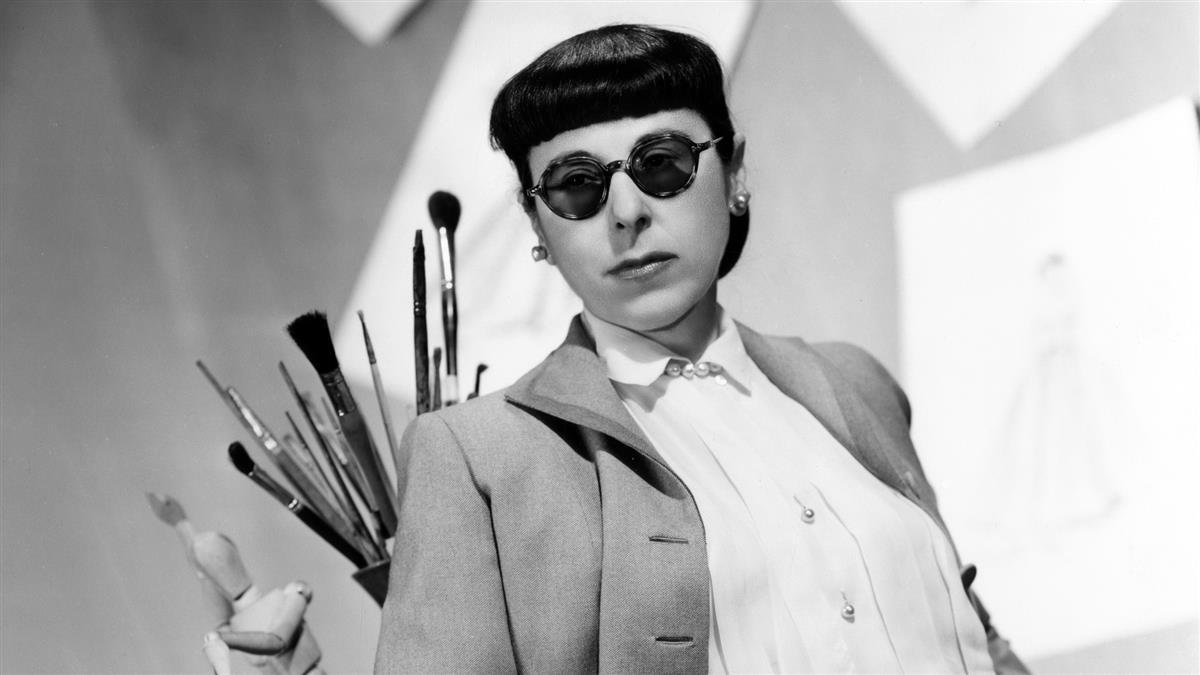
Photo: ru.wikipedia.org
Edith Head, the most Oscar-winning costume designer, came into the world of cinema with the light hand of director Cecil Blount DeMille. Visiting the film set was a turning point in the life of the French teacher. She was mesmerized by what she saw and firmly decided to become part of this magical world.
Having seen an advertisement for a vacancy for a costume designer, Edith, having no drawing experience, but driven by a dream, decided to take a bold step. She went to the film studio, where chief designer Howard Greer asked to see the sketches. Undeterred, Edith borrowed work from art students and came to Greer the next day. He was amazed by the girl’s talent and hired her without hesitation.
Later, the deception with the sketches was revealed. However, Greer was not angered by Head’s cunning; he saw talent and potential in the girl. Greer took it upon himself to teach Edith how to sketch. She, like a sponge, absorbed knowledge, honing her skills under the strict guidance of the master and his assistant Travis Benton.
During her career, Edith Head created costumes for 1131 films, dressing such stars as Audrey Hepburn, Marlene Dietrich, Paul Newman, Elvis Presley, Marilyn Monroe. She created 11 paintings in tandem with Alfred Hitchcock.
Edith Head's fruitful work did not go unnoticed: 35 “Oscar” nominations and 8 wins in the “Best Costume Design” category became her well-deserved reward.
Inspired by Edith Head, the creators of Pixar's “The Incredibles” gave these same traits to the character of Edna Mode, a genius fashion designer who dresses superheroes.
_(cropped).jpg)
Photo: ru.wikipedia.org/Martin Kraft
Agnes Varda is a French film director and screenwriter. Agnes Varda's interest in cinema began with photography. She studied this art at the Ecole des Beaux-Arts and then continued her education at the Louvre School.
The first film, “Pointe Cour”, was made at the request of a friend who, being ill, could not return to his native village. He asked Agnes to capture her on film. The film involved both professional actors and ordinary village residents.
Varda did not imagine that this project would become a cult. The unusual mixture of documentary and fiction genres made the film innovative, and Agnes was hailed as a harbinger of the French New Wave.
For her work in cinema, Varda was awarded the Silver Bear of the Berlin Film Festival (for the film “Happiness”), the Golden Lion of the Venice Film Festival (for the film “Without a Roof, Outlaw”), the Louis Delluc Award, two Cesars for documentary work and an honorary Cesar in 2001 year. In 2015, she was awarded the honorary “Palme d'Or” at the Cannes Film Festival. Winner of the “Oscar” for his contribution to cinema.
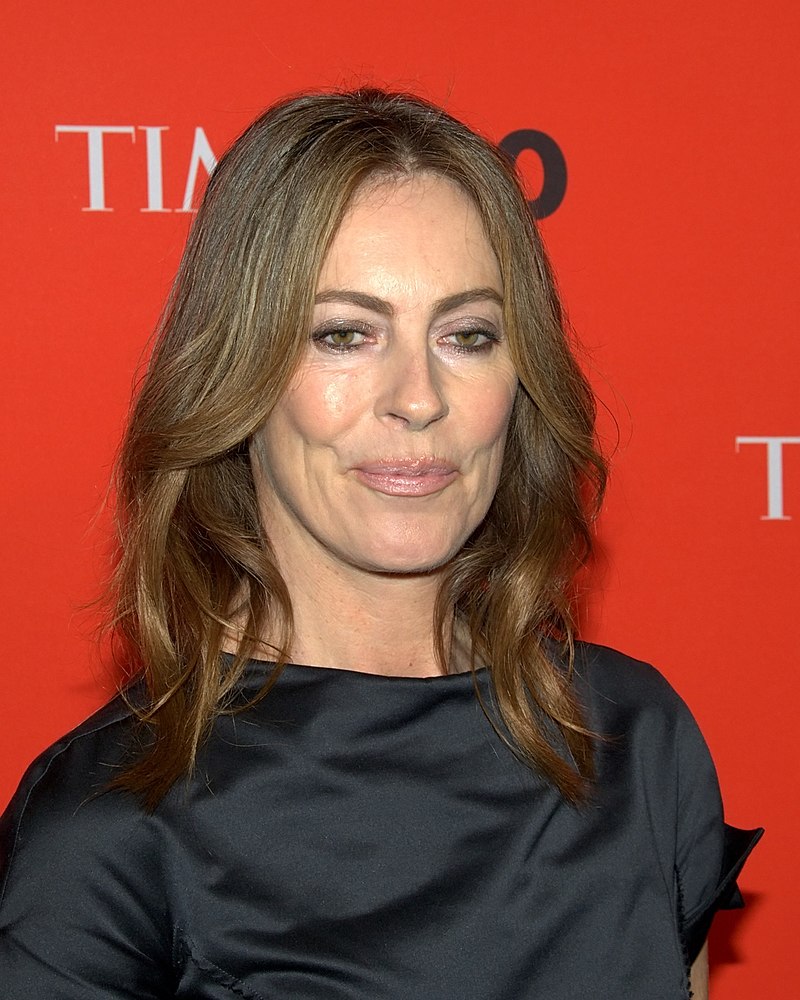
Photo: ru.wikipedia.org/David Shankbone
Kathryn Bigelow is the first female director to win an “Oscar”.
Kathryn Bigelow began her journey in cinema not with directing, but with studying film theory and criticism at Columbia University. At the same time, she developed as an artist. In 1978, she released her first short film, “Tuning”, which, unfortunately, did not gain wide popularity.
But failure didn't stop Bigelow. She continued filming, and the mystical thriller “Almost Dark” brought her fame and the status of a cult director.
The real triumph in Kathryn’s career was the film “The Hurt Locker”. This work brought her an “Oscar” in the “Best Director” category, making Kathryn the first woman to receive this prestigious award.
Bigelow's main contribution to cinema is his unconventional portrayal of the theme of violence. She skillfully mixes genres, exploring aggression and its causes, going against clichéd perceptions.
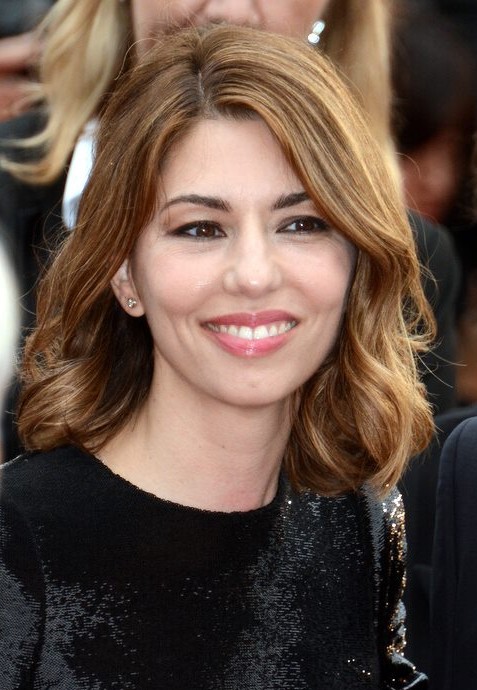
Photo: ru.wikipedia.org/Georges Biard
Sofia Coppola is the youngest female director to be nominated for an “Oscar”.
The daughter of the famous Francis Ford Coppola, Sofia tried herself in cinema from a young age, playing in her father's films. However, her acting career did not bring her the desired success, and her role as Mary Corleone in “The Godfather 3” even resulted in criticism. After starring in several more films, Sofia decided to leave acting.
Real fame came to her as a director. At 32, she directed the film “Lost in Translation”, which won an “Oscar” and made Sofia the youngest recipient of this prestigious award. The film was also included in the BBC's list of the 100 best films of the XXI century.
Over the years, Coppola has developed her own unique style: leisurely shots, close-ups, minimalist dialogue. The emphasis is on detailed visualization and play of light, creating a special atmosphere in each film.
.jpg)
Photo: ru.wikipedia.org/UKinUSA
Greta Gerwig is the first female director to gross a billion dollars at the box office.
Greta Gerwig began her journey into cinema with comedic roles. For her acting work, she received a “Golden Globe” for her role in “Sweet Frances” and other awards. In parallel with her acting career, Gerwig tried herself as a screenwriter, becoming a co-author of several films.
Her real fame came from mumblecore films - low-budget films with natural dialogue and non-professional actors. Gerwig not only starred in them, but also co-wrote the film “Nights and Weekends”.
Gerwig's directorial debut, “Lady Bird”, received worldwide recognition, many nominations for prestigious awards and did not have a single negative review. After that, she directed “Little Women” and “Barbie”, which became a huge hit, grossing 1 billion USD at the box office.
Resources: ru.wikipedia.org; lifehacker.ru; mylitta.ru
Also read:













